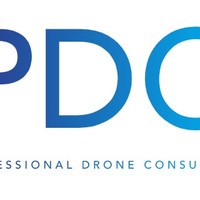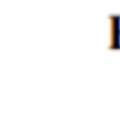On 24 June, a press release was disclosed on the website of the European Aviation Safety Agency’s (EASA) on the issuance of design verification report (DVR) – for the first time in Europe – to Volocopter VC 200-2.
EASA declared the issuance of the first DVR to be a great success and an important milestone from the aspect of the European drone industry. Patrick Ky, Executive Director of EASA said DVR would be “the winning concept for our stakeholders” in the medium term. The manufacturer (Volocopter) intends to use VC200 as an air taxi however, we still have to wait to the launch of passenger transport with Volocopter as DVR in itself does not provide an authorisation thereto.
The DVR is a form of certification created by EASA for medium risk operations in specific category (SAIL III and IV) so providing an arch between CE marking of hobby drones and type certificate prescribed in case of drones sorted into certified category. The essence of this document is that EASA certifies – or more precisely - verifies the proper functionality of drones among certain operational circumstances – and not in general – in a process initiated by the manufacturer (and not the drone operator). The DVR plays a role in the authorisation process pending before member states‘ civil aviation authorities (CAA): if an operation reaches a medium level of risk, the drone operator shall prove the effectiveness of its mitigating measures by third-party certification. Such verification like DVR – costing tens of thousands of EUR – shall be accepted in all member states when issuing an operational authorisation or light UAS operator’s certificate.
The weakness of the concept is that – as no legal act regulates the DVR’s legal state and the binding force thereof – it is up to the CAAs to decide whether they require the operation of a drone that already has DVR or they accept other ways of verifications. So there is nothing that legally forces the member states and operators to adopt a uniform standing point in this question. This can be deducted from EASA’s guideline on DVR too, which implies the DVR is rather an acceptable means of compliance instead of a normative prescription.
The other problem with DVR that it does not immune the operator from the proper verification of the effectiveness mitigating measures linked to other parts of the drone operation, so it does not fasten or facilitate the authorisation process, because DVR is applicable only to certain technical aspects and operational circumstances. Even the EASA itself refers to this fact in its press release stating that Volocopter applied to “design verification of its enhanced containment function for the VC200-2” and not of the entire drone.
This is the reason – inter alia – why the drone can be seen during demonstration flights without passengers. (As I already mentioned, DVR is not enough for the transport of passengers, to this aim type certificate is required by Article 40 of 2(EU) 2019/945 delegated regulation.)
Additionally, the DVR – contrary to type certificate – can be used only within the European Union, and is not relevant outside of it, in the USA, for instance.
It was a logical step from EASA to provide a linking element between the two – very different – certification methods of hobby and passenger-carrying drones. According to the press release DVR can be issued in a very short term (less than a month) however, the abovementioned circumstances of its introduction raise several concerns about its effectiveness and “winning concept”. In the long term, the inclusion of DVR rules in the Delegated Regulation could be the solution that provides its enforcement and uniform attitude on the authorities’ side.


